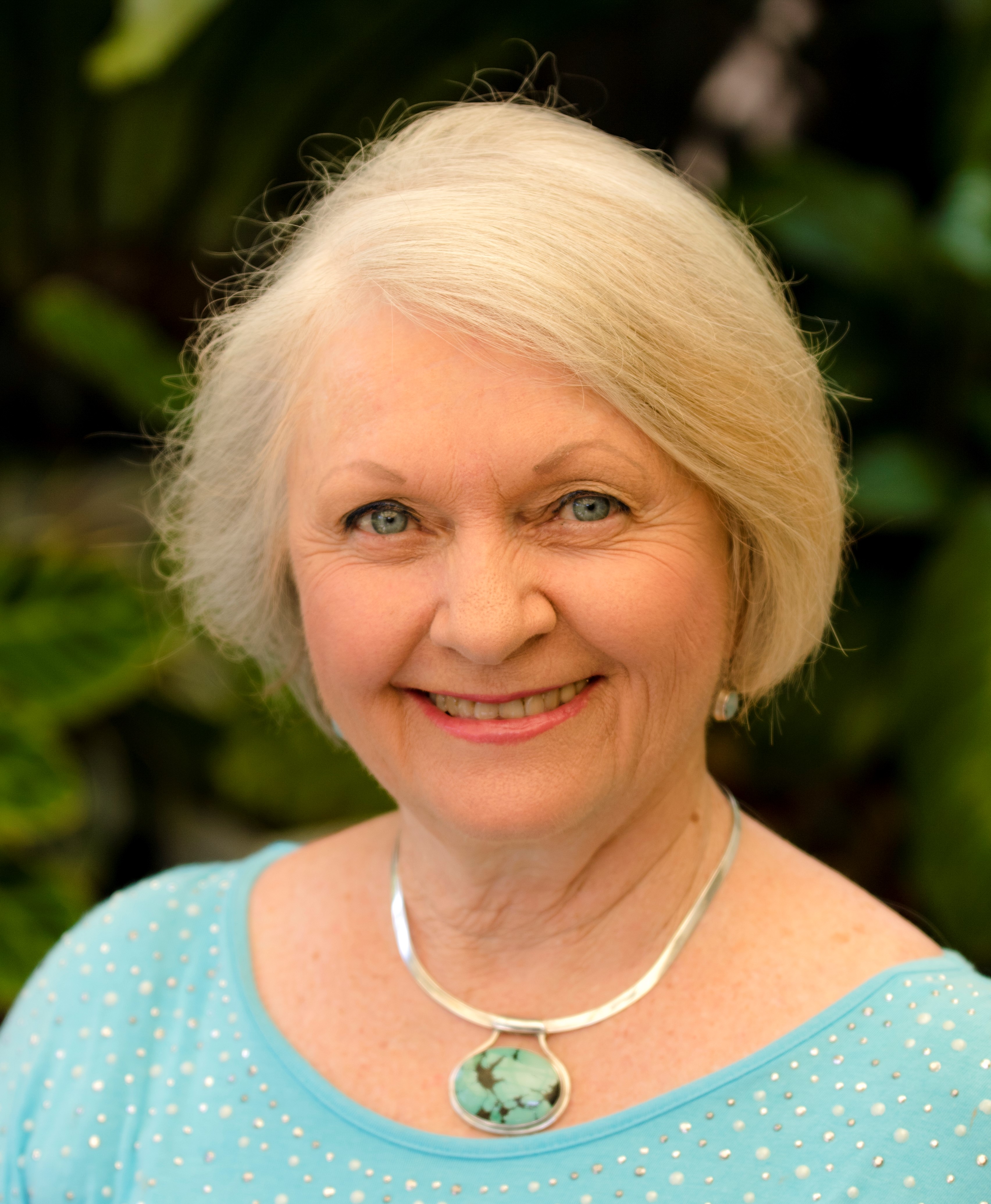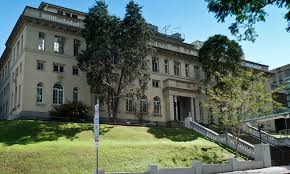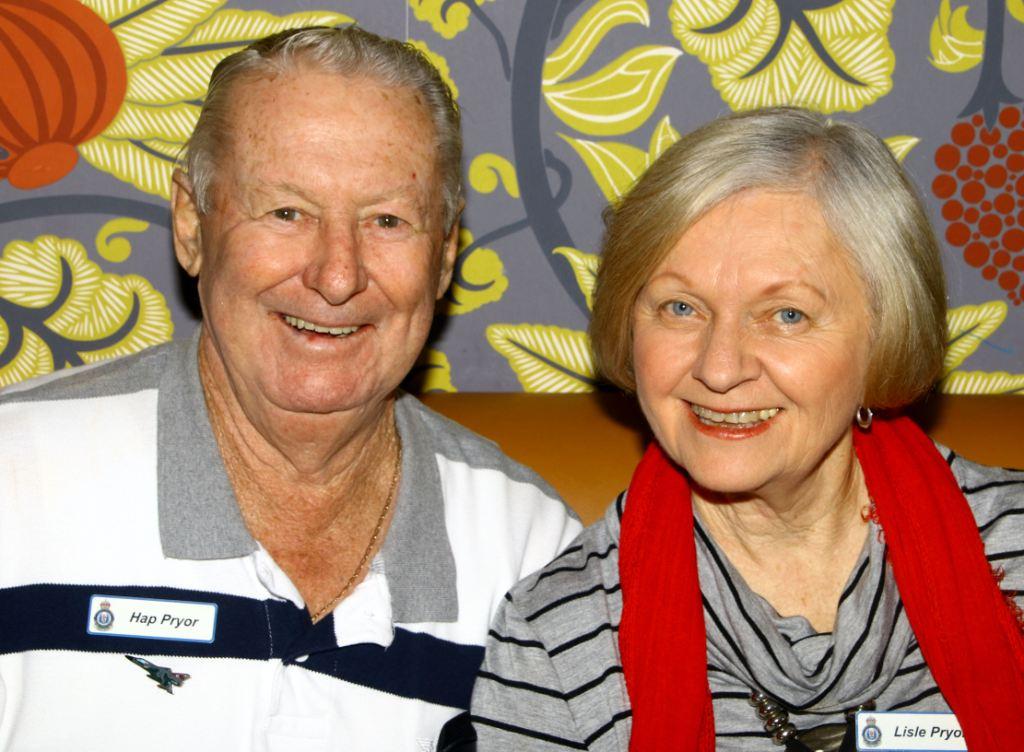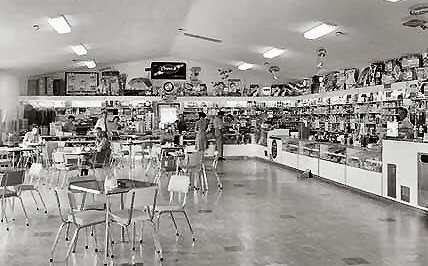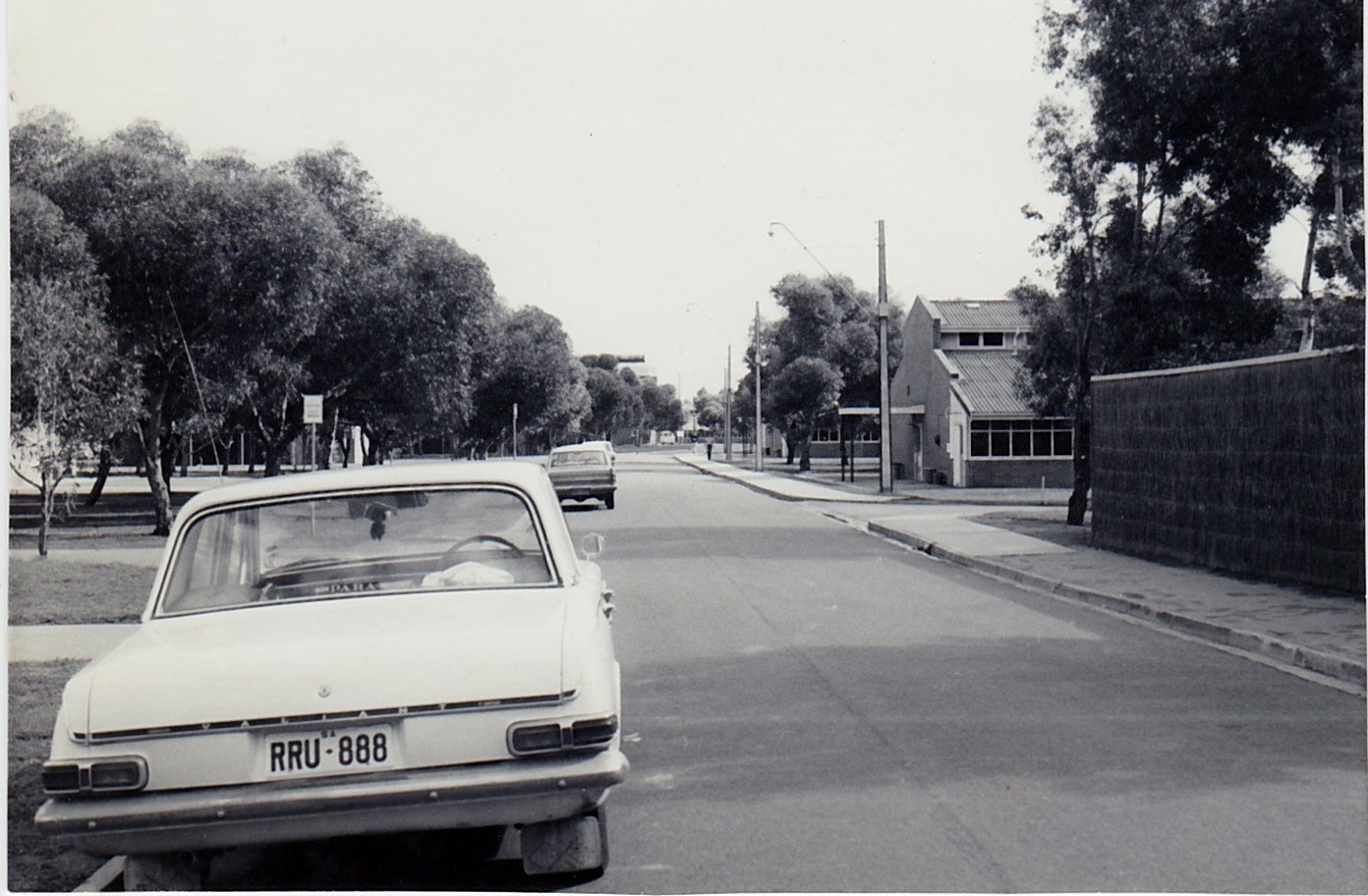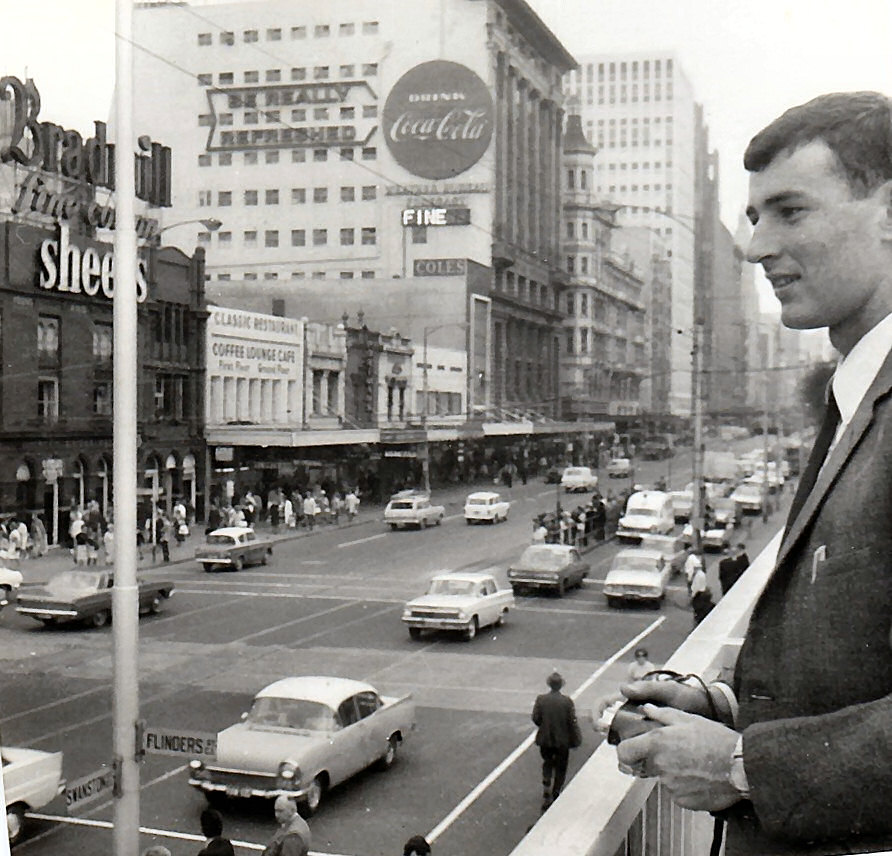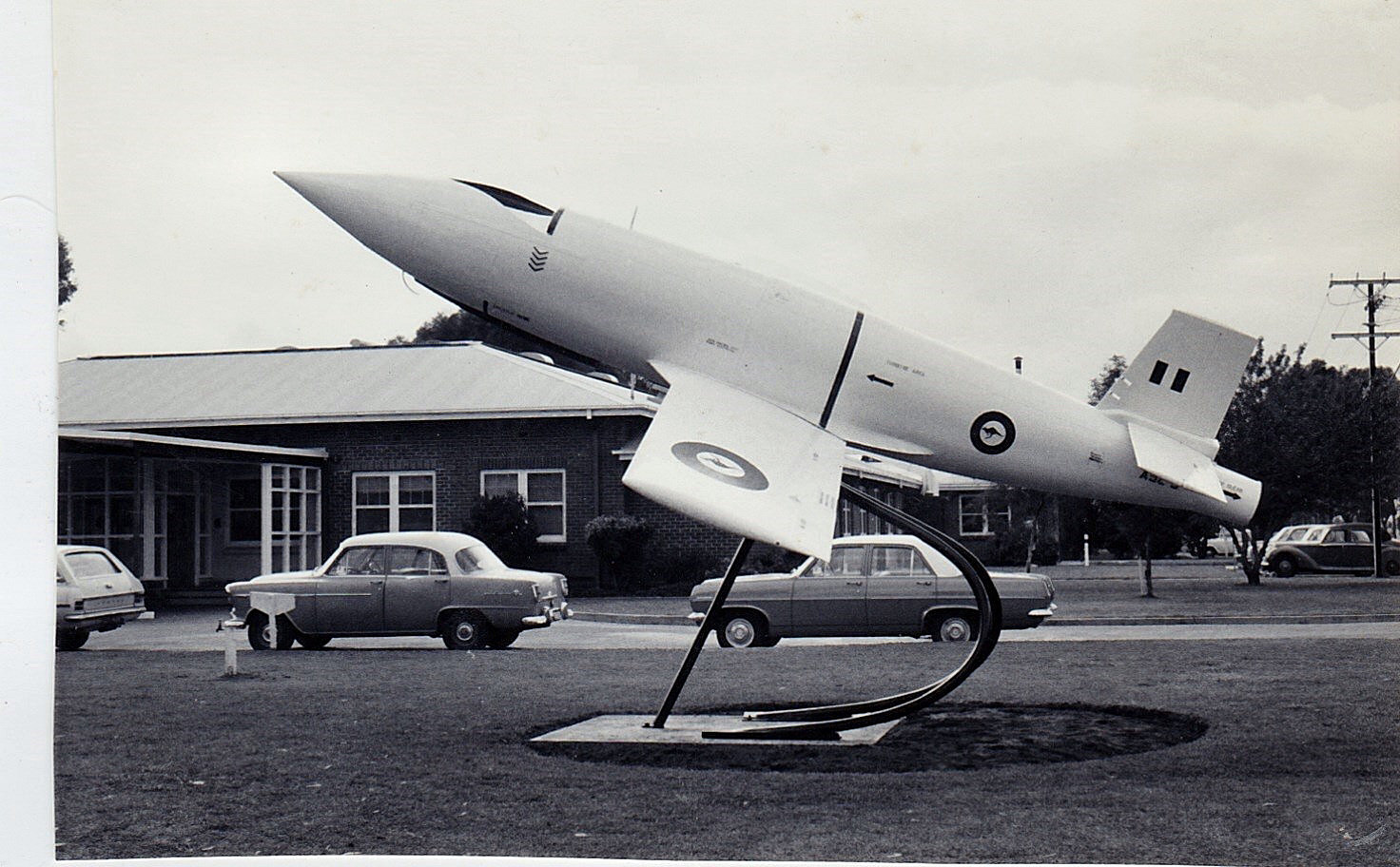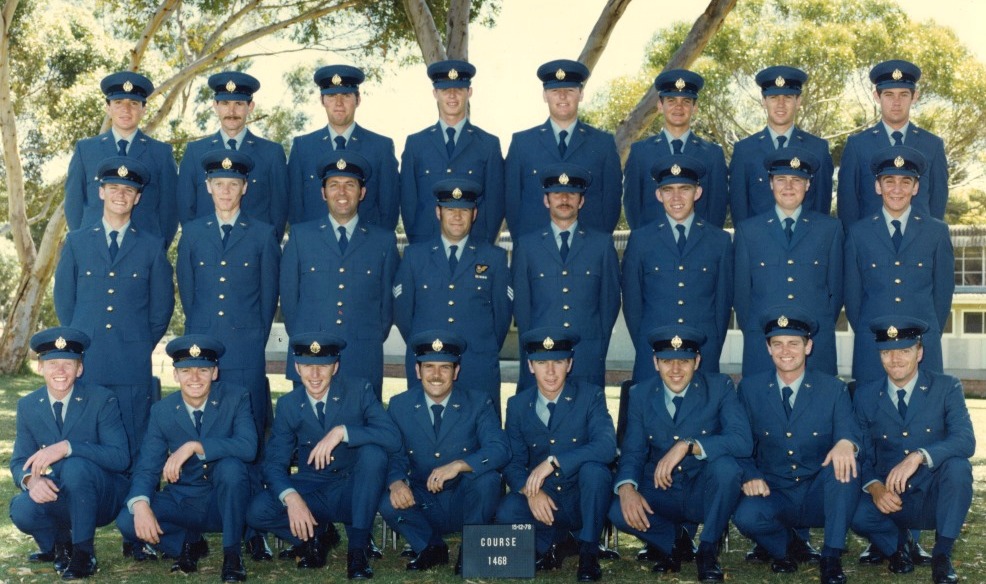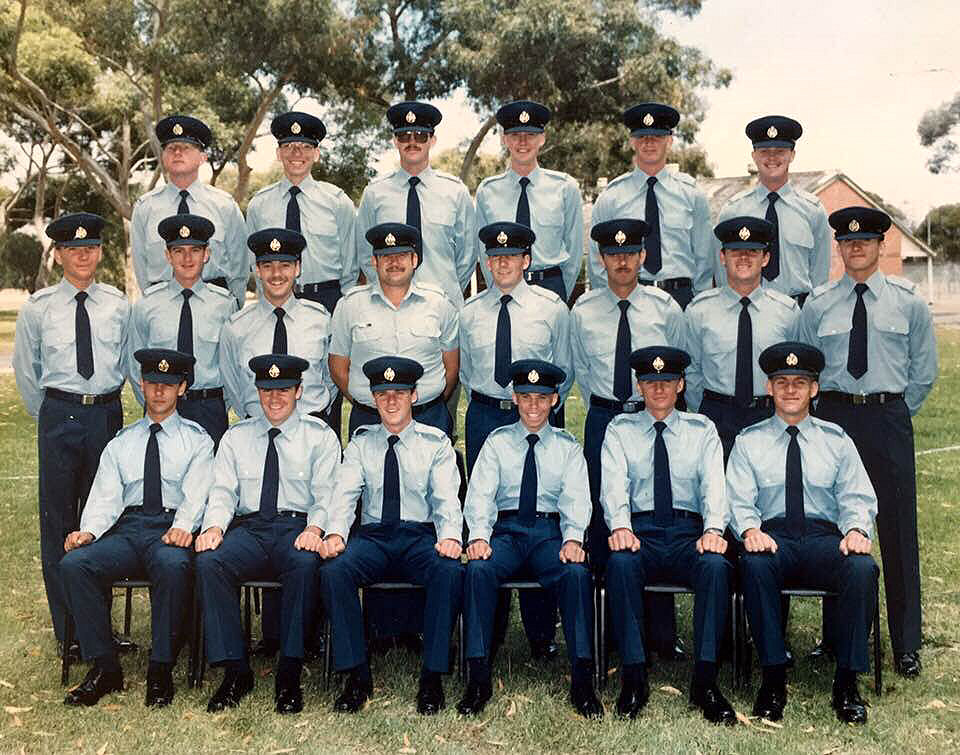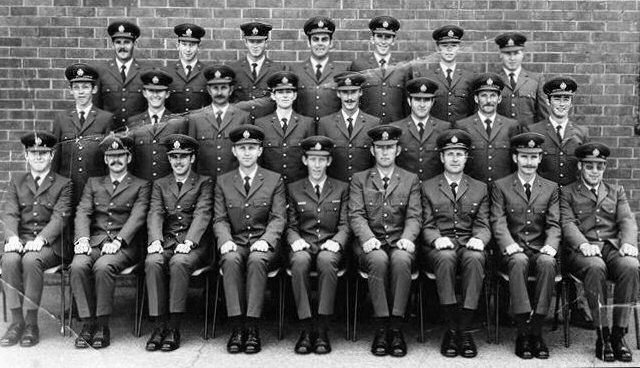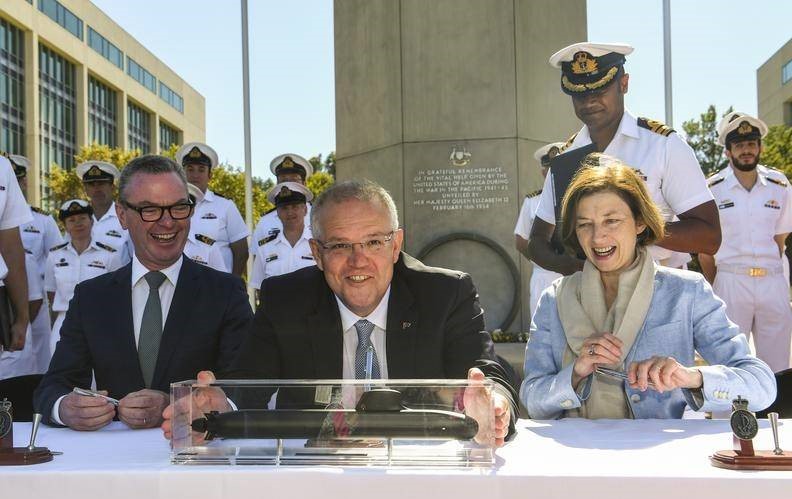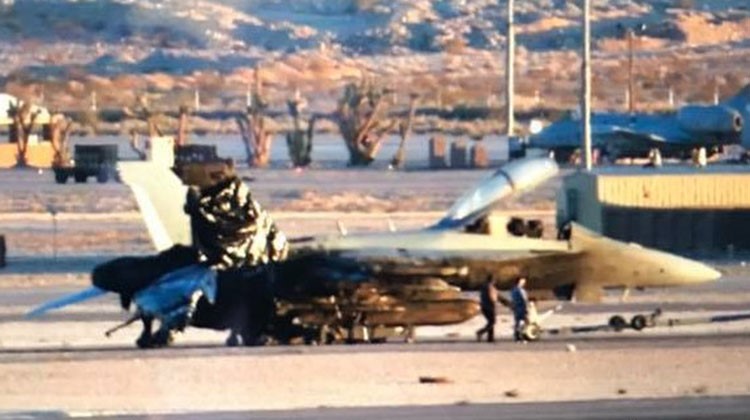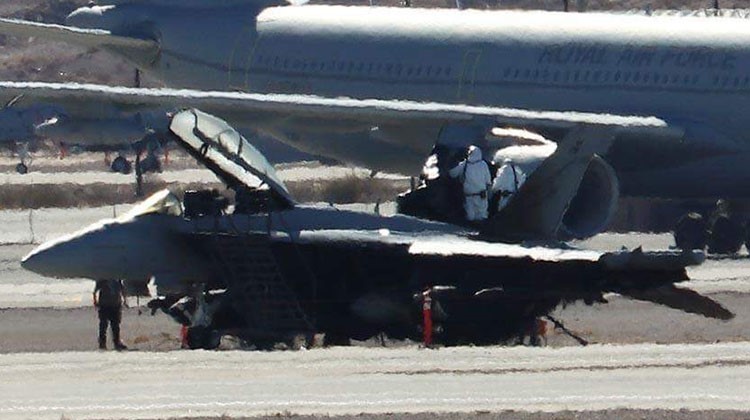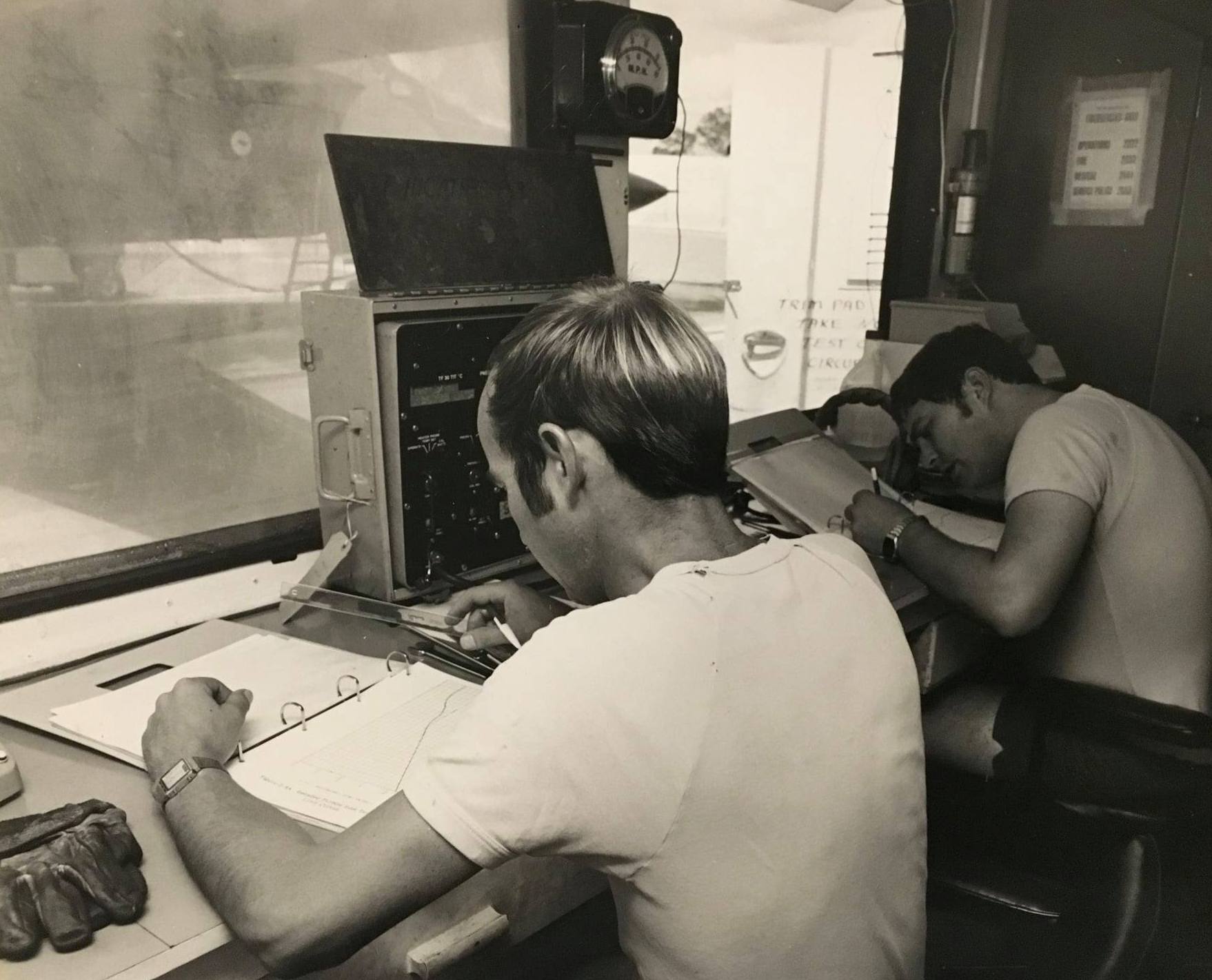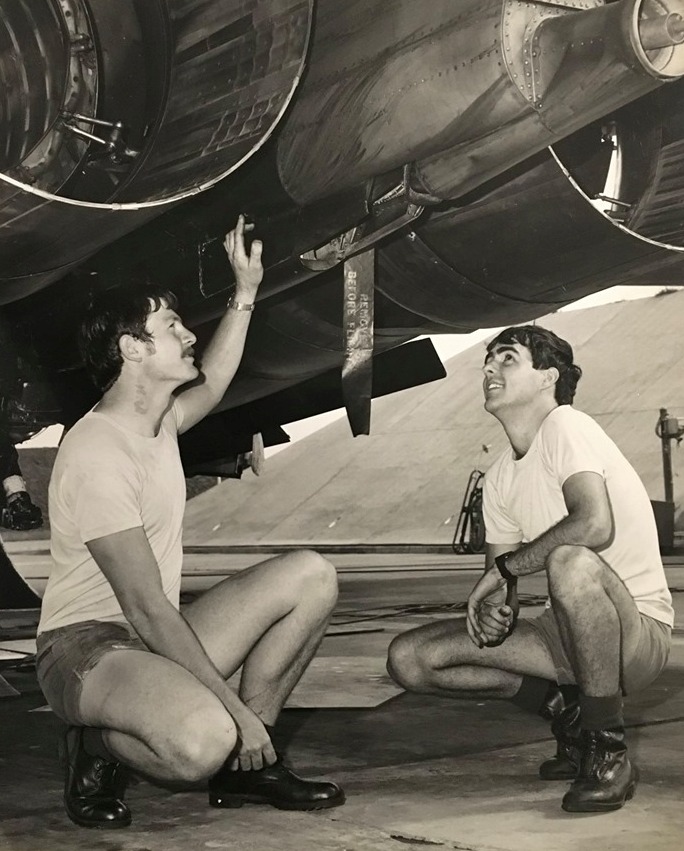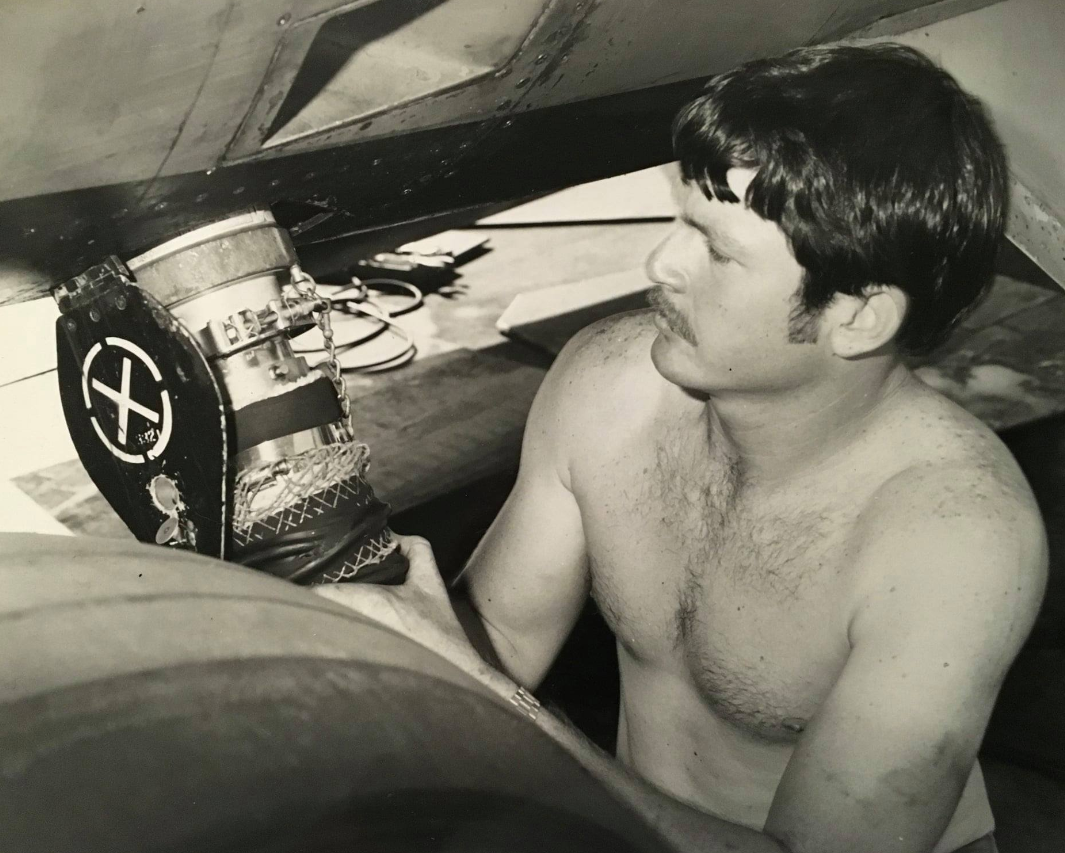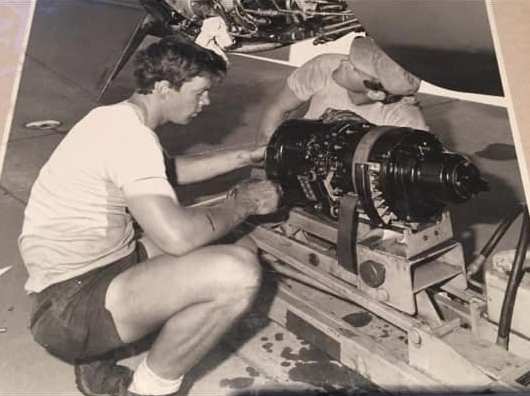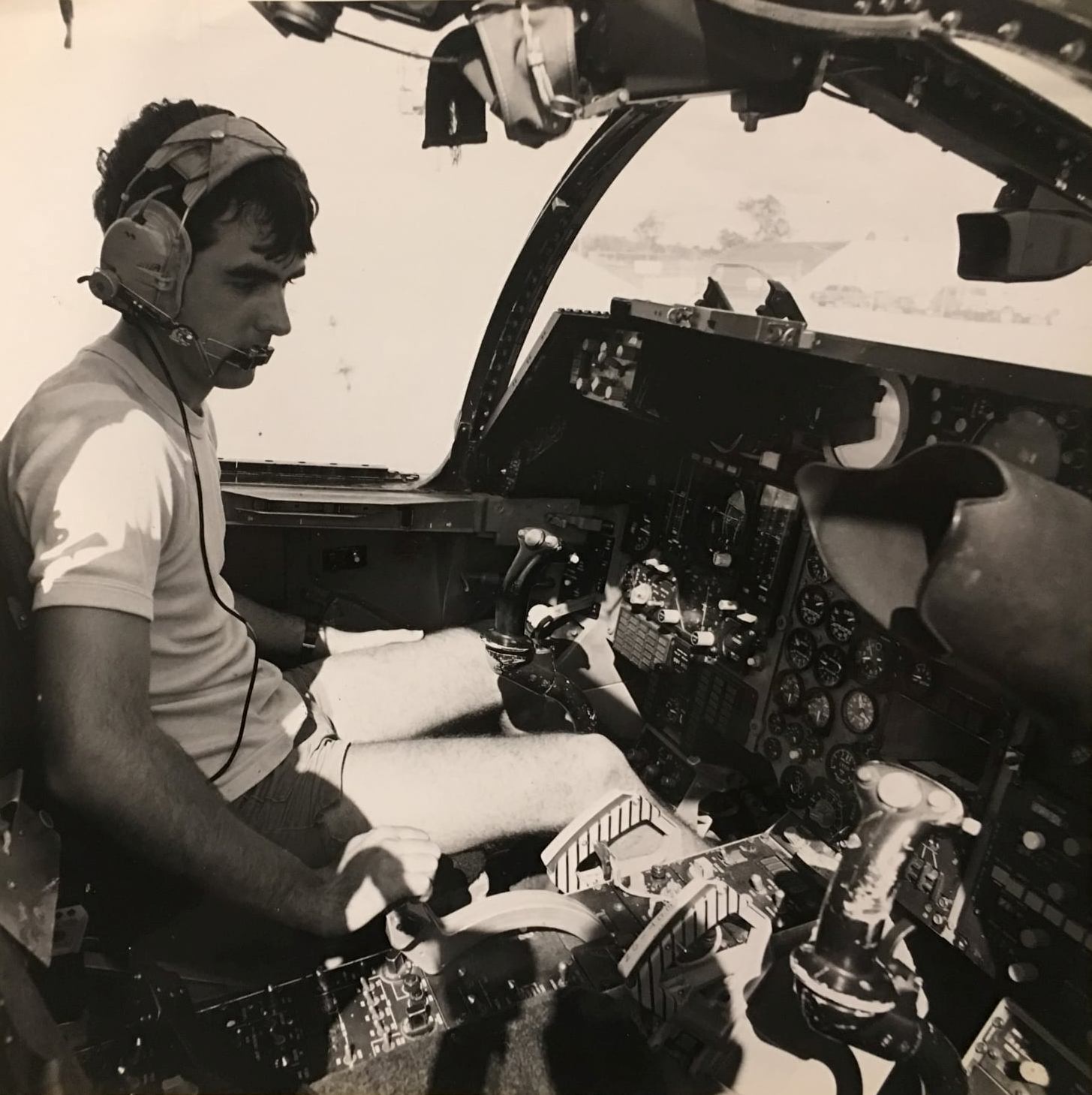|
|
||
|
||
|
Privacy Policy | Editorial Policy | Profit Policy | Join the Association | List of Members | Contact us | Index | Links |
||
|
Back Go to page: 1 2 3 4 5 6 7 8 9 10 11 12 13 14 15 16 17 18 19 20 Forward
|
||
|
|
||
|
Contents.
Courses
|
||
|
Lisle Pryor
Our lovely Page 3 girl this issue is the delightful Lisle Prior. Lisle says:- “I have not had any experience of an RAAF life, so I will share with you two stories as a civilian, one as a mother of two children in a family and with a break in between of experiencing single life, I then married Hap (Rodger) Pryor who had his career in the RAAF over the course of 21 years. One common interest Hap and I have had is music and dance, where we met on the dance floor in Brisbane 15 years ago. We married at his home Golf Club in Carbrook where it overlooks a lake and beautiful greens and gardens.
A funny coincidence when I met Hap, I realised that my father also had been a Framie. He had served in WW11 in the Airforce in Bougainville. After the war Dad married a country girl, my mother, who he met before going overseas. This is where my story began. I was born in the country at the local clinic in Lowood. My Dad had found a job as a Tree Feller so we lived with my Grandparents in Coominya.
At the age of five, my Dad decided to build a home in Toowoomba so that I could have a better education, where he took up his profession as a Builder. Being an only child, it was quite a challenge for me to make friends having no children my age to play with while growing up in the country.
My mother's whole family were musicians so it was a natural flow on for me growing up to study music and becoming a pianist. Playing as a band for country dances was one of the happiest times of my young life.
I also took classes in classical Ballet, Jazz and Ballroom dancing.
This carried me into my teens and after completing Junior High School, at the age of 16 years, I was trained as a Dental Assistant by the Lead Dentist of the Practice in Toowoomba. Interestingly "the blood factor" did not faze me and I felt very comfortable with all surgical procedures as well as Crown and Bridge work and general dentistry. I stepped up to being one of the pioneers in Four and Six Handed Dentistry and eventually trained many girls in this practice.
During the course of my 40 year career I worked in many private surgeries including specialist practices, Brisbane Dental Hospital, Clinics, and even visited several clinics in the prisons. That was a very interesting time and I have many stories to tell.
During my first marriage, I lived in Coolangatta before moving to Brisbane where we brought up a daughter and a son (7 years apart in age) and ran a family business in Wholesale Automotive Parts. We lived a full life and loved the outdoors which took us to many camping and fishing places.
My daughter became a Girl Guide as we loved to be in nature. My son followed my interest in music, but also had a competitive streak and played much sport before becoming a champion Go Kart Racer and to this day he still follows that hobby.
Shortly after Hap and I were married and Dad had passed away, we decided to move up to the Sunshine Coast for our retirement, where we enjoy walks in the hinterland and on the beach and the many events that Hap follows with the RSL of which he is a Sub-branch Member. It has always been important for him to keep in touch with his fellow 3 Squadron friends from the Airforce and other acquaintances and we look forward to our quarterly get together Luncheons.
Even though most of Hap's friends had served in Malaysia with him and his family, I was very pleased to be accepted into that group when we married. My first encounter with them was a Reunion trip to Butterworth.
After moving to Caloundra, I took up a childhood interest that I had loved in Art, so I joined the local Pastel Group at the Caloundra Gallery where I spend time with like-minded enthusiasts. The added benefit is when we can showcase our creations with the exhibitions held regularly.
It was very difficult to watch my mother and father struggle with many illnesses during the course of their life including cancer and emphysema and I vowed not to go down the same path. Over the last 30 years I have studied many modalities of the healing arts. I learned that disease and discomfort arise from memories of trauma or emotional states that are held in consciousness and by taking away the trigger for the cause of the problem, a permanent healing will take place. It also interested me that I was able to access genetic health issues and completely transform them carrying this healing into the future for my family.
As a Transformational Therapist, I now have my own Clinic in Caloundra. My mission is to help my clients to believe in their own natural ability to heal themselves. I have the intuitive ability in showing them how to access the information needed that will support them to eliminate emotional, physical and mental stress. This will then encourage no need for medicine, but will interest them in the care of the human frame, in diet, and in the cause and prevention of disease. Energetic Healing offers countless ways of correcting what is not in balance with the Mind, Body and Soul.
My purpose, calling from deep within me, is to embrace the changes that are happening on this beautiful planet where we live by mastering my own inner energetics, helping people to become healthier and happy- one at a time, and being the change i wish to see in the world.
|
||
|
I went to the doctor with hearing problems. He said "Can you describe the symptoms?" I aid "Homer is fat, Lisa is smart and Marge has blue hair" |
||
|
|
||
|
34-1986 Rookies course. (Sorry, no names)
|
||
|
|
||
|
|
||
|
37 Clk E Course, July 1966 (Sorry no names)
|
||
|
|
||
|
|
||
|
47 ClkE Course, Apr – Aug 1968 Sorry - no first names.
|
||
|
|
||
|
Back Row L-R: Richardson, Moore, Williams, Brown, Harmsworth, Houthuysen, Whitcher. Middle Row L-R: Kendrick, Bourke, Sharle, Anderson, Coyne, Leighton Front Row L-R: Lipman, Bovington, Kemp, Campbell (Inst), Sewell, Hoare, Hoolahan.
|
||
|
||
|
|
||
|
|
||
|
Edinburgh, 1968. Recruits barracks - the old four-room ammo storage buildings. WRAAF Quarters behind the brush-wood fence on the right.
|
||
|
||
|
|
||
|
|
||
|
Jindivik back in 1968. In front of Edinburgh Sergeants' Mess.
|
||
|
1468 Rookies, 1978. (Sorry no names)
|
||
|
|
||
|
|
||
|
Rookies Course 47/85 (Sorry no names)
|
||
|
|
||
|
|
||
|
Rookies Course 1250, 1974. (Sorry no names)
|
||
|
|
||
|
|
||
|
I was sitting in the lounge with my wife, watching TV. I asked her if she’d get me a beer, she said no. Then her mobile phone dinged in the kitchen and she quickly got up to read the text, my message said, “Since you’re in the kitchen, can you bring me a beer?”
I don’t remember much after that.
|
||
|
An Interesting Synopsis of WWI.
Germany, Austria and Italy are standing together in the middle of a bar when Serbia bumps into Austria and spills Austria's pint. Austria demands Serbia buy it a complete new suit because there are splashes on its trouser leg. Germany expresses its support for Austria's point of view.
Britain recommends that everyone calms down a bit. Serbia points out that it can't afford a whole suit, but offers to pay for cleaning Austria's trousers. Russia and Serbia look at Austria. Austria asks Serbia who it's looking at. Russia suggests that Austria should leave its little brother alone. Austria inquires as to whose army will assist Russia in compelling it to do so. Germany appeals to Britain that France has been looking at it, and that this is sufficiently out of order that Britain should not intervene.
Britain replies that France can look at who it wants to, that Britain is looking at Germany too, and what is Germany going to do about it? Germany tells Russia to stop looking at Austria, or Germany will render Russia incapable of such action. Britain and France ask Germany whether it's looking at Belgium.
Turkey and Germany go off into a corner and whisper. When they come back, Turkey makes a show of not looking at anyone. Germany rolls up its sleeves, looks at France - and punches Belgium.
France and Britain punch Germany. Austria punches Russia. Germany punches Britain and France with one hand and Russia with the other. Russia throws a punch at Germany but misses and nearly falls over. Japan calls over from the other side of the room that it's on Britain's side, but stays there. Italy surprises everyone by punching Austria. Australia punches Turkey and gets punched back. There are no hard feelings, because Britain made Australia do it.
France gets thrown through a plate glass window but gets back up and carries on fighting. Russia gets thrown through another one, gets knocked out, suffers brain damage, and wakes up with a complete personality change. Italy throws a punch at Austria and misses - but Austria falls over anyway. Italy raises both fists in the air and runs around the room chanting.
America waits till Germany is about to fall over, then walks over, waves a fist at Germany while Britain knocks it out - then pretends it won the fight all by itself.
By now all the chairs are broken, and the big mirror over the bar is shattered. Britain, France and America agree that Germany threw the first punch, so the whole thing is Germany's fault. While Germany is still unconscious, they go through its pockets, steal its wallet, and buy drinks for all their friends.
|
||
|
It’s been a bit of a strange day. First I found a hat full of money, then I was chased by an angry man with a guitar.
|
||
|
Our new Subs are going to cost!!
Australia's new fleet of submarines will ultimately cost $225b over their lifetime. Rear Admiral Greg Sammut said there was an $80 billion build cost, which was originally touted by defence to be $50 billion. There would also be an $145 billion support and maintenance cost over the lifetime of the attack subs until 2080.
"It is only an estimate of the sustainment of the fleet, we are designing the sub today," Rear Admiral Sammut said.
The submarines are being built in a contract with French submarine company Naval Group. The $80 billion build cost also covered other infrastructure related to the submarines, including upgrades to the wharves where they'd be housed.
Defence heads also said there was a high risk the new submarines would not be ready by the early 2030s.
|
||
|
|
||
|
Defence Minister Linda Reynolds denied the subs would be technologically obsolete by the time they hit the water. Senator Reynolds said money had been set aside to upgrade the new Collins Class submarines, if and when such works were required.
The committee also heard there is "wriggle room" on the projected 5200 jobs to come from the latest sub fleet-building.
Defence bosses concede a major shipbuilding project may not generate nearly as many jobs as first expected. When repeatedly pressed about whether constructing the offshore patrol boats and submarines would deliver the jobs promised, Navy official Peter Chesworth said the project was dynamic and fluid.
"Speaking as a bureaucrat there's a little bit of wriggle room in there," Mr Chesworth said.
RAAF Growler in Nellis engine fire incident “beyond economic repair”
The RAAF EA-18G Growler which experienced an engine fire on take-off from Nellis AFB in January has been officially deemed “beyond economic repair and has been withdrawn from service”, Defence has confirmed. In other words, a dead loss!
|
||
|
|
||
|
A Defence spokesman said, “The investigation into the EA-18G Growler aircraft incident at Nellis Air Force Base has been completed and was provided to the Chief of Air Force on 30 July 2018. A review of the recommendations is underway.”
The aircraft, serial A46-311, was taking off from Nellis AFB on January 28 for a familiarisation flight in preparation for Exercise Red Flag 18-1 when it suffered a catastrophic engine failure. The two crew members stayed with the aircraft until it came to rest between Nellis’s eastern runway and a parallel taxiway and were able to exit the jet and get clear of the growing fire.
It is understood that, had the failure happened a couple of seconds later, the aircraft would have been committed to the take-off and the crew would probably have had to eject over the desert north of the base.
“The highly-trained aircrew responded to the emergency situation and performed a ground evacuation,” a Defence spokesman said on February 27.
“The Directorate of Defence Aviation and Air Force Safety (DDAAFS) Accident Investigation Team (AIT), working in cooperation with the United States Navy, have carried out engineering inspections that indicate the most likely cause is an engine component failure.” Sources say that a high-pressure turbine disk of the right-hand engine suffered a catastrophic uncontained failure. The disk broke into three major pieces and these were ejected from the aircraft, with one destroying the right-hand vertical stabiliser, another considerably damaging the left engine, and the third damaging the runway.
It is unclear whether the RAAF will look to replace the aircraft, or whether it will be considered part of an acceptable rate of attrition which would have been a factor when the original order for 12 Boeing-built EA-18Gs was placed.
As to the possibility of compensation for the component failure leading to the loss of a near-new jet which had less than 200 hours on it, Defence would only say that it “is exploring options for the recovery of economic losses resulting from the incident.” This is likely to be a process which will primarily involve government-to-government negotiations through the US Navy as the foreign military sales (FMS) parent service, rather than with Boeing as the prime contractor or General Electric as the engine manufacturer.
Meanwhile, the committee was also told Australia will receive no compensation after it was forced to shelve a $125 million fighter jet destroyed by a mechanical fault. Defence bosses have said the dud aeroplane was purchased through the United States Navy and the contract didn't allow for compensation. Defence official Tony Fraser says the incident over the EA-18G Growler fighter jet had been a "difficult lesson" and they department was reviewing its contracts, but he also warned that a similar contract arrangement hangs over the Joint Strike Fighter jet program, which is also facing performance concerns. The Growler caught fire in the US during a training exercise in 2018 with Defence later scrapping it from service.
|
||
|
|
||
|
|
||
|
Good health is merely the slowest possible rate at which one can die.
|
||
|
|
||
|
|
||
|
Jimmy Hourigan and Bob King, in the F-111 test cell
|
||
|
Checking to make sure no bits fall off in flight. |
||
|
|
||
|
|
||
|
Joe Plemenuck, Sumpie, fitting the air hose from the air power unit for starting and for air conditioning.
|
||
|
|
||
|
Dave Richardson (left) and Steve Hunold working on the Constant Speed Drive for one of the two 3 phase 60KVA alternators.
Each alternator provides 400 cycle, 115/200 volt, 3 phase AC and 28 volt DC power. These oil cooled alternators are driven by engine-powered constant speed transmissions and can be controlled by the pilot via an on-off switch. However, in the event of engine shutdown or alternator drive malfunction, the unit will automatically be switched off even when the control switch is on. Under normal operation, the two units supply separate load buses, but if either generator is switched off, the two buses will be automatically connected. A single alternator is sufficient to power the whole aircraft. DC power is generated from the AC power system by two 28 volt, 150 amp transformer-rectifiers. A nickel-cadmium battery charged by the DC system provides power for starter operation, minimum engine instruments, and minimum cockpit lighting when external power is not available.
In the event of the loss of primary generating systems, an emergency electrical power system provides power to all electrical systems essential for flight, which includes primary flight controls, external lighting and the anti-icing system. The emergency power is supplied by a 10KVA, 400 cycle, 115/200 volt, 3 phase, air-cooled generator driven by a hydraulic motor.
|
||
|
|
||
|
Pat O'Shea engine running the F-111 |
||
|
|
||
|
|
||
|
|
||
|
|

